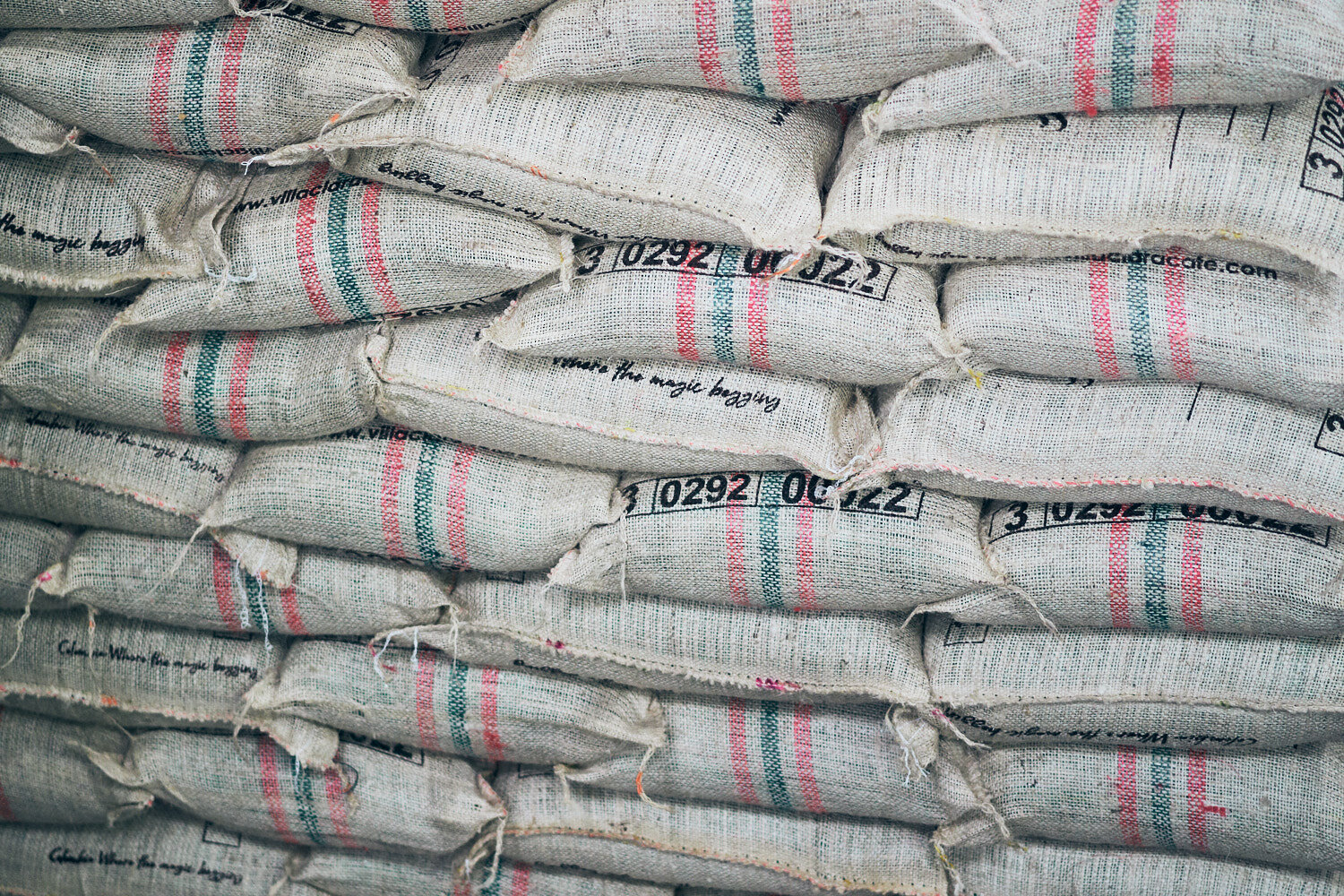Zona Cafetera, the heart of Colombian coffee production

The journey from coffee tree to cup is truly captivating. I recently had the opportunity to visit Hacienda el Jardin on the outskirts of Chinchina, Colombia, and witness the hard work and dedication that goes into every cup of coffee. Over the course of two days, I learned about the various stages of coffee production, from the careful cultivation and harvesting of the coffee plants to the meticulous roasting and blending of the beans. It was an enlightening and inspiring experience that gave me a newfound appreciation for the art and science of coffee-making.
Indulge in the Aromas and Tastes of Café de Colombia

The mountainous terrain of the Colombian coffee region, also known as the Zona Cafetera, plays a critical role in the production of high-quality coffee. The region is located in the central Andean range of Colombia, where the rugged and hilly landscape provides the perfect conditions for growing coffee plants. The altitude, soil, and climate of the region combine to create a unique microclimate that allows the coffee plants to thrive and produce flavorful and aromatic beans. The mountainous terrain also offers scenic views and a rich natural environment that is home to a diverse array of plants, animals, and ecosystems.
The coffee cherry pickers of Colombia
The coffee cherry pickers of Colombia play a vital role in the country's coffee industry. These workers are responsible for hand-picking the ripe coffee cherries from the coffee plants, a labor-intensive and often physically demanding task. The coffee cherry pickers work in the rugged and hilly terrain of the Zona Cafetera region, navigating the steep slopes and dense vegetation to reach the coffee plants. They carefully select the ripe cherries, which are then processed and turned into coffee beans. The coffee cherry pickers often work long hours and face challenges such as harsh weather conditions and unpredictable income, but they are integral to the success of the coffee industry in Colombia.

Chinchina, Colombia is renowned for its deep love of coffee. Located in the Central Ranges of the Andes Mountains in the Caldas province, it is a small town with a big coffee culture. Its fertile volcanic soil and mild climate provide the perfect conditions for growing some of the world’s best coffee. Chinchina is home to a number of coffee farms and plantations that produce some of the finest Arabica coffees in the world. From the traditional cafés and coffee shops to the modern cafeterias, coffee is an integral part of life in Chinchina and a source of pride for its residents. From the aroma of freshly roasted beans to the unique flavor of locally-grown varieties, Chinchina invites visitors to experience the love affair with coffee and its culture.

The daily harvest of coffee cherries at Hacienda el Jardin in Colombia is an important step in the production of high-quality coffee. After the coffee cherry pickers have carefully selected and harvested the ripe cherries, they are weighed and placed in bags for transport. The weight of the cherries is crucial, as it determines the amount of coffee that can be produced from the harvest. The bags are then transported to the processing facility at Hacienda el Jardin, where the coffee cherries are carefully sorted, washed, and dried before being roasted and blended to create the final product. The daily harvest of coffee cherries is just one part of the complex and fascinating process of making coffee.
The Timeless Tradition of Washed Coffee Processing in Colombia

A Behind-the-Scenes Look at the Coffee Factory: Roasting, Cupping, and Export
The coffee factory offers a unique and exciting opportunity to learn about the fascinating world of coffee production. By taking a tour of a coffee factory, you will get an insider's look at the various stages of coffee-making, from the harvesting of the coffee cherries to the roasting, cupping, and exporting of the final product. You will have the chance to see firsthand the skill and expertise that goes into producing some of the world's finest coffee, and to learn about the history, culture, and traditions of the coffee-growing regions of Colombia. Join us for a journey into the heart of the coffee industry and discover the secrets of the perfect cup of coffee.

These beautifully roasted coffee beans are ready to be cupped and tasted. The art of roasting brings out the unique flavors and aromas of each bean, creating a rich and complex cup of coffee. The next step in the journey from bean to cup is cupping, where the beans are carefully brewed and tasted to evaluate their quality and characteristics.

Coffee workers in Colombia play an important role in ensuring that the quality of the coffee they produce is up to the highest standards. They work hard to ensure that every bean is perfectly roasted, sorted, and packaged, so that it can reach its final destination in perfect condition.


Chinchina.
Home to the world’s largest cup of coffee.


























